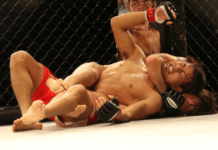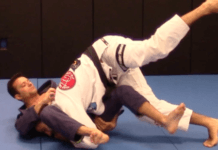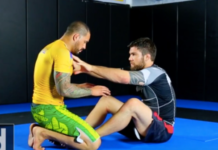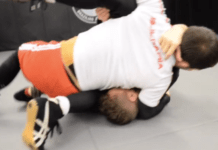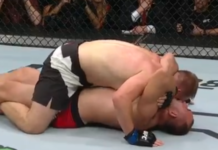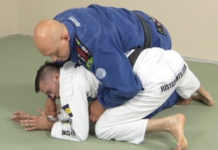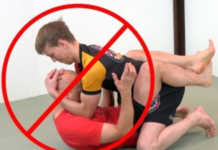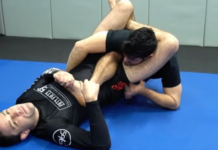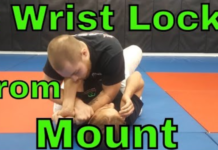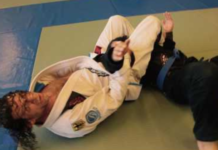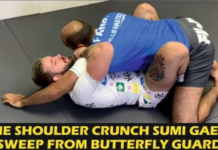There a few basic positions that you will learn in BJJ in the first few weeks of your apprenticeship. Those are the full guard, the half-guard, the side-control, mount, and back-control. But the entire arsenal of BJJ techniques doesn’t quite boil down to these positions only. There are many other options that you could also try out. And one of the most popular of these “alternative” options is the so-called De La Riva Guard.
The De La Riva guard can be a very powerful weapon in your BJJ arsenal. Be mindful not to use it in a street fight, though. But if you learn how to use it in a sports BJJ scenario, then you will be able to sweep and outright submit a big number of your opponents.
History of the De La Riva Guard
The exact origin of the move is unknown and it’s speculated that the move was created in the martial art and sport of Judo first. But it became widely known in the world of Brazilian Jiu-Jitsu by virtue of its use by BJJ legend Ricardo De La Riva. He started the process of development of this guard back in the 1980s.
He was a member of the Carlson Gracie Academy at the time – and this place was known as the home to some of the best and strongest guard passers in the world. Ricardo himself was skinny in terms of the constitution, so he had to figure a way to prevent the guard passes. So, he decided to try and implement what later became known as the De La Riva guard.
The implementation of this move was so successful that at one point the practitioners at the Carlson Gracie Academy called it a “pudding guard” due to the fact that it destabilized those that were captured with it.
And the moment when this guard blew into public consciousness was when Ricardo De La Riva competed against Royler Gracie back in 1986. Royler was a BJJ legend at the time and he was a heavy favorite against the less known Ricardo De La Riva. But Ricardo managed to make full use of the guard against his opponent and he took the judge’s decision in the end. In his honor, the media started speaking of the guard used in the bout as the De La Riva Guard.
Performing the De La Riva
The first thing that we must mention is that this guard is strictly made to be used for the sport of BJJ. Don’t even think of trying to use it in a street fight as you may get smashed in the face. That being said, it’s not that complicated to start implementing this move.
It’s performed from the open guard while the opponent is standing. All you need to do is to loop your left (or your right) leg from the outside of your opponent’s left (or right) leg and insert a hook at your opponent’s hip from the inside. You use your other leg as a post on your opponent’s quad. At the same time, you’re holding your opponent’s opposite cuff with one hand and your opponent’s heel with the other. It’s as simple as that.
De La Riva combinations
This guard is very versatile and there are loads of combinations that you could try and do with its use. This is partly due to the fact that it’s an open guard, meaning it leaves a lot of room for making moves. But it’s also partly due to the fact that it’s designed in a delicate way so as to enable you to perform various attacking moves while still keeping safe.
That being said, the first thing that you could do is a sweep. While you’re in the basic De La Riva setup, you can start twisting to the side where you’re holding your opponent’s heel and insert your other leg, so that you will have two of your legs hooked on your opponent’s hips from the inside. All you need to do then is grab your opponent’s belt and pull him down while simultaneously shooting your legs forward. If performed correctly, your opponent will comfortably fall down, like sitting on a chair. And you will take back control.
There are various ways in which you can destabilize your opponent while you’re holding the De La Riva guard. It’s in the nature of the guard. So, depending on the side where your opponent will push towards, you can either sweep him or perform the omoplata on him. You can easily throw him over you and get to mount if he pushes on one side. If he goes on the other, then you can use your leg to create pressure on his shoulder and enter the omoplata position.
Check also:
- Implementing the Z Guard in BJJ
- Worm guard: what is it and fundamental techniques
- Butterfly guard: What is it and the Best Moves
- Deep Half Guard Basics you should know

